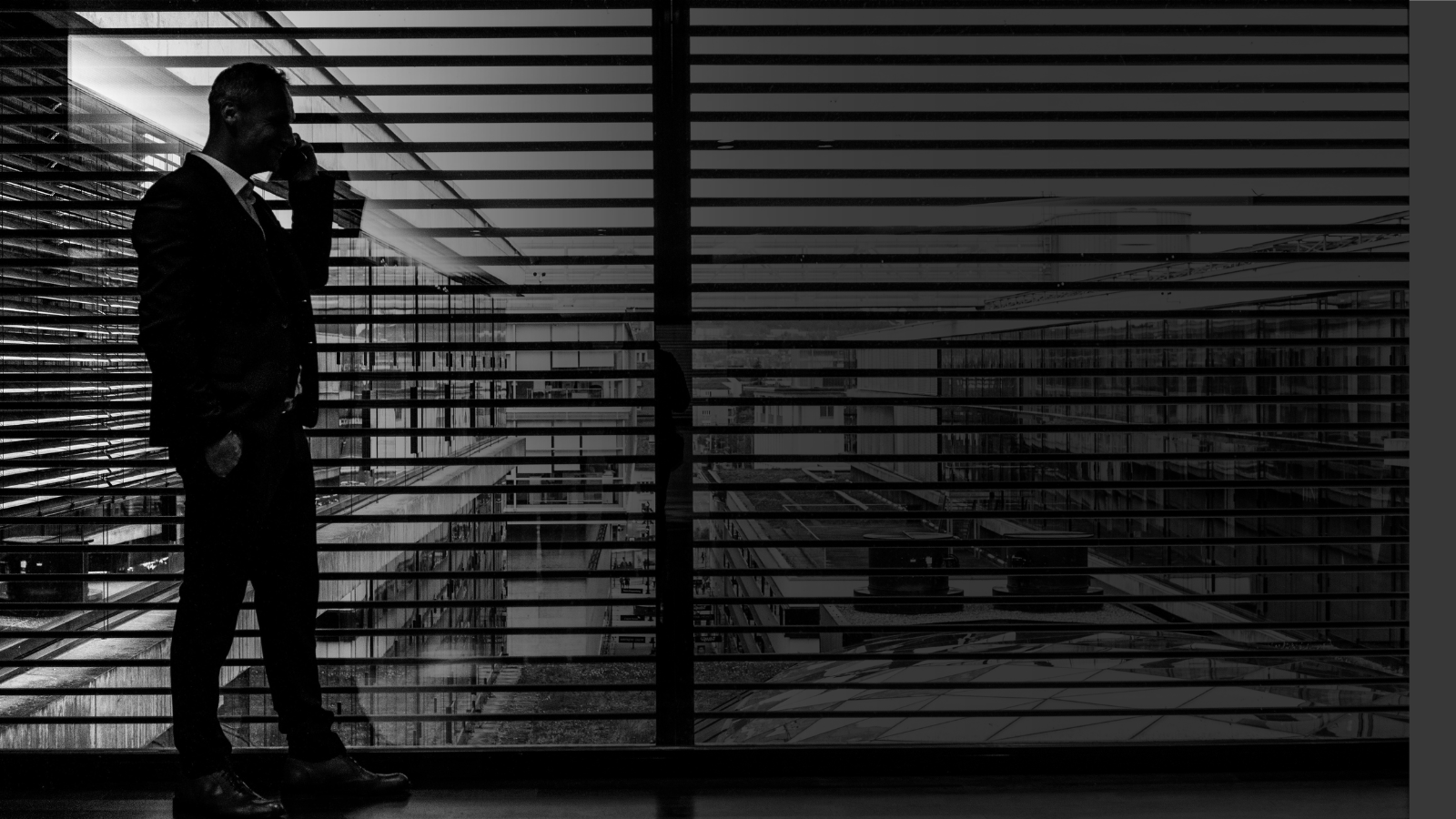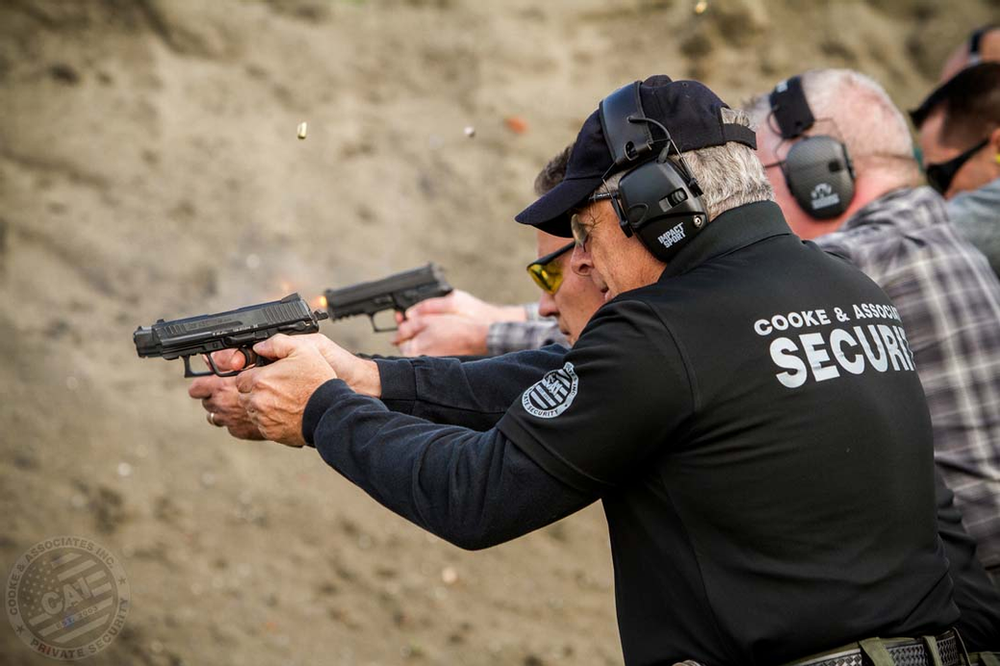Executives are perhaps most vulnerable when they are on the road. Defense-in-depth becomes a lot more difficult when the protectee is on the move. Attacks can come from anywhere, threats can escalate, and escape routes can be limited by traffic congestion, construction, inclement weather, car trouble, demonstrations, road closures, and numerous other factors. Additionally, in larger details, support vehicles or trail cars can easily get separated from the principal.
That’s why it is critical for an EP team to include experts trained in defensive driving, situational awareness, automobile maintenance, advance planning, and emergency response. A driver may only have to execute a high-speed reverse maneuver to escape a threat once in their career, but they’d better be trained and skilled enough to do it correctly that one time. They should also be savvy enough to not be boxed in at traffic signals, know emergency routes in heavy traffic, and otherwise quickly get the principal out of harm’s way.
They should also receive regular training to stay up to date on techniques, protocols, procedures, and technology. For example, drivers might identify more effective run-flat tires, time-saving new routes, or more effective evasive maneuvers. In addition, they should work closely with other EP members such as residential agents and advance details to create a comprehensive security program.
Here are a few high-profile incidents where having a trained driver thwarted a potential attack:
Attempted Assassination of Pope John Paul II
On May 13, 1981, Mehmet Ali Agca attempted to assassinate Pope John Paul II in St. Peter’s Square in Vatican City. Agca fired multiple shots at the Pope’s car, but the driver, Alois Estermann, was able to quickly maneuver the vehicle out of danger. Estermann’s quick thinking and excellent driving skills allowed the Pope to escape unharmed.
Attack on Malala Yousafzai
Malala Yousafzai is a Pakistani activist for female education and the youngest Nobel Prize laureate. On October 9, 2012, she was shot in the head by the Taliban while she was on her way to school. Her driver, who was also a security guard, was able to drive her to the hospital quickly, saving her life. The driver’s quick thinking and ability to remain calm in a high-pressure situation were crucial in ensuring that Malala received medical attention in time.
Attack on President Ronald Reagan
On March 30, 1981, President Ronald Reagan was shot outside a hotel in Washington, D.C. His driver, William Greer, was able to quickly maneuver the vehicle out of danger and get the President to safety. Greer’s quick thinking and excellent driving skills allowed the President to escape unharmed.
Attack on The President of Colombia
In 2019, the President of Colombia, Ivan Duque, was attacked while he was traveling in his vehicle. The driver was able to quickly maneuver the vehicle out of danger and escape. The driver’s quick thinking and ability to remain calm under pressure were essential in ensuring the President’s safety.
Honorable Mention: Attack on the Archbishop of Guatemala
In 1998, the Archbishop of Guatemala, Juan Gerardi, was brutally murdered in his garage. He had been working on a report that detailed human rights abuses during Guatemala’s civil war. His driver, Mario Orantes, was also killed in the attack. While Orantes was unable to prevent the attack, his bravery in attempting to protect the Archbishop highlights the risks that security drivers face while performing their duties.
These are high profile attacks which have made the news. There have been many less publicized incidents that involve such crimes as carjackings, muggings, and robberies where the intended victims were unsuspecting corporate executives and ultra-high net wealth individuals.
But drivers do far more than provide safety and security. They provide peace of mind and a smooth driving experience so principals can work, rest, or relax while in transit. Free from the travails of traffic, route options, filling up the tank, and so on, protectees can focus on emails, meeting preparation, and phone calls, or even fit in a quick nap. By eliminating distractions and providing a comfortable and secure transportation environment, a driver can help the executive focus on their work and other priorities. Drivers can also help executives maximize their time by providing real-time traffic updates, alternative route options, and other information that can help them make informed decisions about their schedule. This can help executives save time, reduce stress, and increase their overall productivity.
Skilled drivers also reduce the likelihood that a principal will get in a traffic accident, which would result in delay and expense, as well as put the executive at physical risk. Professional drivers should also be mature enough not to engage with drivers who exhibit road rage. They will make sure that the vehicle blends into normal traffic and doesn’t draw unwanted attention.
Because they work in an enclosed space with a principal who is conducting business, drivers are likely to overhear sensitive or proprietary information. They need to be discreet and trustworthy to keep the executives’ information confidential. This is especially important for high-profile executives who may be targeted by cybercriminals or other threats.
Drivers may also become confidantes of their principals. They should build rapport and trust with them, as this will instill a sense of comfort with their employers.
Moreover, executive protection drivers should anticipate the needs of executives and ensure that they have everything they need while in transit. This might mean having the executives’ favorite refreshments on hand, setting the temperature to the preferred level, tuning to a certain news radio station, or providing other amenities.
Finally, skilled professionals help present a professional and competent image to the public. Trained drivers can help enhance the executives’ reputation and credibility, which is especially important for high-profile individuals who are frequently in the public eye.
While hiring a driver may seem expensive, it is a cost-effective solution. By providing secure transportation services, reducing the risk of potential threats, and providing a comfortable space to get work done, drivers reduce threats such as kidnappings and provide great value.
If we can assist you with secured transportation both locally or when travelling abroad, or you’re struggling with the performance of your current security provider, CAI is here to assist you with all your risk mitigation needs. Contact us at information@cookepi.com.
// COOKE & ASSOCIATES, INC.
At Cooke & Associates, Inc., we’re changing the image of protective services.
Cooke & Associates Inc. (CAI) is a global, world-class risk-mitigation and security solutions provider, dedicated to keeping our clients and their families safe and secure. With decades of cumulative security, intelligence, violence-prevention, investigative, law enforcement, and risk-mitigation experience, CAI offers best-in-class solutions that exceed industry standards and client expectations.
We pride ourselves on a profound understanding of the wants and needs of the most discerning clients and cultivate relationships with singular attention. CAI’s services allow our highly selective clientele the ultimate privacy and freedom without sacrificing robust security. We excel in relationships, logistics and the finer details of operations, ensuring lifestyle and culture are perfectly balanced with safety and security. Led by a dedicated team of professionals with extensive international experience, CAI provides its diverse clientele with a broad range of services and expertise in more than 50 countries.


